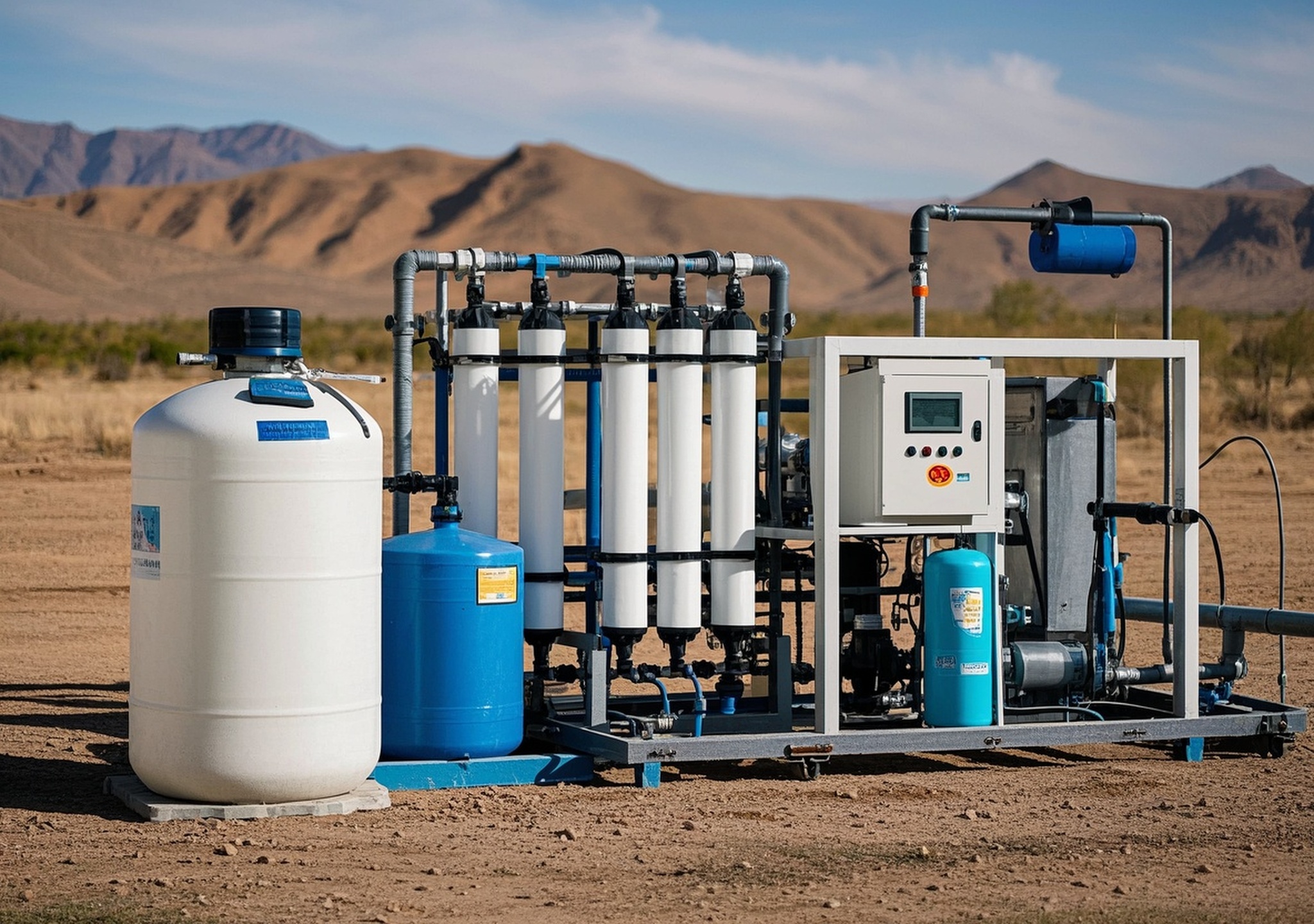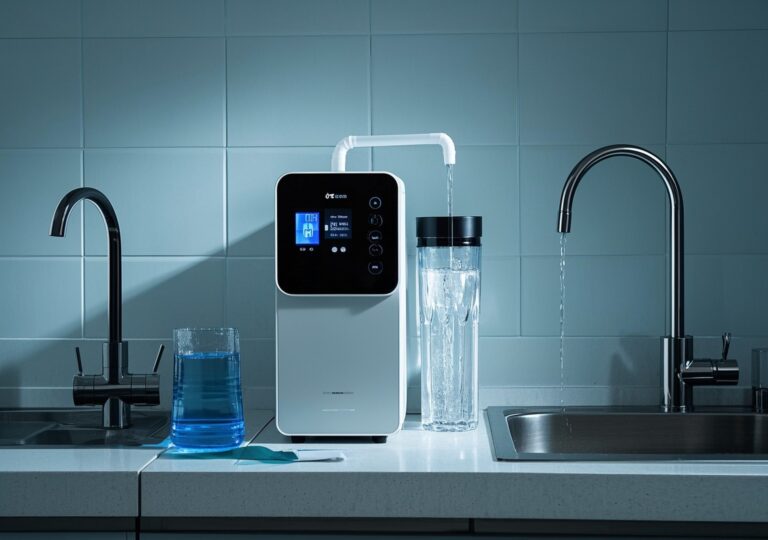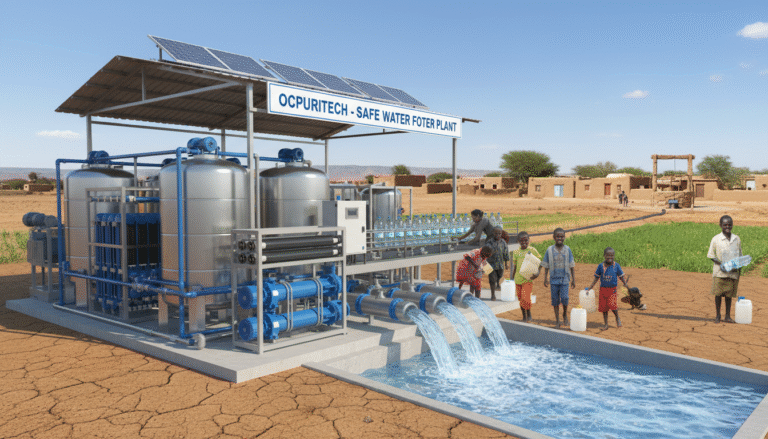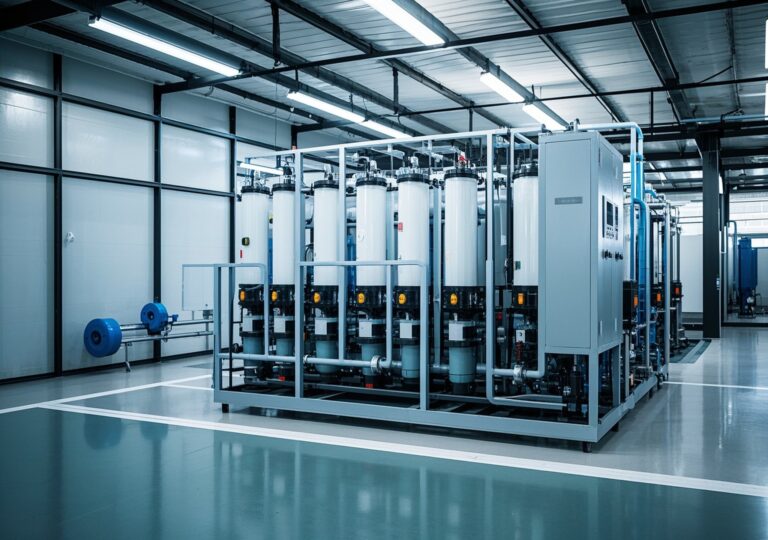Bold Strategies Boost Reverse Osmosis Water System for B2B Growth

Bold Strategies Boost Reverse Osmosis Water System for B2B Growth
1. Introduction: Water Security Challenges in Water-Scarce Regions
Water scarcity poses a critical challenge for many regions around the world, especially developing areas suffering from limited freshwater sources and contaminated supplies. In such contexts, ensuring access to safe drinking water becomes a keystone for public health and sustainable economic growth. Waterborne diseases, poor sanitation, and industrial pollution exacerbate the plight of vulnerable populations, impeding social progress.
Among diverse water purification technologies, reverse osmosis water systems are increasingly recognized as vital solutions for delivering high-quality potable water. These systems can remove up to 99% of contaminants, including bacteria, heavy metals, and dissolved salts, delivering water at near-bottled quality. Their integration in both municipal and commercial drinking water plants can drastically improve community health outcomes and foster trust in water infrastructure.
In this article, we explore comprehensive strategies for implementing reverse osmosis (RO) technology in water-scarce areas, focusing on the B2B sector’s role in advancing water treatment capabilities. From technological overview, regional challenges, engineering design, to real-world case studies, this discussion highlights actionable insights for companies and stakeholders engaging in water purification projects.
2. Product and Technology Overview: Unlocking Water Purification Potential
The core of modern water treatment solutions often relies on multi-stage filtration technologies, among which reverse osmosis stands out due to its efficiency and versatility. Reverse osmosis water filtration systems function by forcing water through semi-permeable membranes, filtering out impurities from dissolved salts to microorganisms.
Types of systems include:
- Point-of-use RO systems: Compact units suited for households or commercial offices providing purified drinking water at taps or countertops.
- Whole house reverse osmosis water systems: Installed to treat all incoming water to a residence or facility, ensuring comprehensive water quality improvement.
- Commercial and industrial RO water purification systems: Larger-scale plants capable of handling high volumes, crucial for factories, hotels, and municipal supplies.
These systems are often integrated with pre-treatment processes such as filtration, softening, and UV sterilization to optimize membrane life and system efficiency. Advances in membrane materials and energy recovery devices have notably reduced operational costs and environmental footprints of RO technology, making it an economically viable option.
It’s important to note that while RO systems excel at removing a broad spectrum of impurities, they also strip out beneficial minerals like calcium and magnesium. This can affect water taste, which necessitates post-treatment remineralization in many commercial applications to balance quality and palatability. Meanwhile, regular maintenance—especially membrane replacement—is critical to sustaining system performance, representing an operational expense that businesses must plan for.
3. Regional Water Resource Challenges and Market Demand
Regions subject to arid climates, such as parts of Sub-Saharan Africa and the Middle East, face acute freshwater shortages compounded by rapid urbanization and industrial growth. Limited groundwater recharge, seasonal droughts, and pollution from agricultural runoff worsen the scarcity of accessible clean water.
This scarcity restricts not only human consumption but also critical activities like irrigation, manufacturing, and sanitation. Consequently, demand for reliable, scalable water purification systems is rising sharply, especially solutions capable of treating brackish or saline water sources prevalent in such geographies.
A tailored approach is necessary. For example, commercial reverse osmosis water purification can meet high-volume requirements, while point-of-entry or household-size reverse osmosis water systems for home target residential needs. Aligning purification capacity and technology choice with the region’s unique challenges ensures investment returns and maximizes social impact.
4. Drinking Water Plant Standards and Process Flows
Meeting stringent water quality regulations is pivotal in guaranteeing public trust and health protection. International standards by the World Health Organization (WHO) and local regulatory bodies define permissible limits for microbial, chemical, and physical water parameters. RO systems play an essential role in achieving these thresholds due to their robust purification abilities.
A typical reverse osmosis water purification plant entails sequential treatment stages:
- Source Water Intake and Pre-treatment: Removal of large particulates and adjustment of pH and hardness.
- Softening and Sediment Filtration: Protecting membranes by reducing scaling potential.
- Reverse Osmosis Filtration: Separation of dissolved salts, pathogens, and organics.
- Post-treatment Conditioning: pH stabilization, remineralization, and disinfection.
- Quality Monitoring and Control: Continuous analysis for compliance and system optimization.
These process flows must be adapted to the feed water’s specifics and targeted water usage, ensuring compliance with relevant drinking water standards. Incorporating automation and real-time monitoring enhances reliability and operational transparency.
5. Customized Solutions and Engineering Design
Each water treatment project requires custom engineering to accommodate the variability in water source, volume demand, and end-use application. For small communities, compact RO units combined with water softeners and multi-stage filters provide effective, manageable solutions. For industrial clients, modular, scalable RO plants with integration of chemical dosing, backwash systems, and advanced controls are necessary.
Key design considerations include:
- Pre-treatment requirements to protect RO membranes from fouling and scaling.
- Selection of membrane types and stage configuration (e.g., 5-stage or 6-stage RO systems) to optimize purity and flow rate.
- Automation and monitoring protocols to reduce manual maintenance and detect system anomalies.
- Energy efficiency measures such as pressure recovery and variable frequency drives to reduce operating costs.
- Comprehensive quality assurance programs to adhere to international water safety standards.
During my involvement in a remote community water project, we designed a whole house reverse osmosis water filtration system that effectively handled brackish well water with intermittent supply. By incorporating a robust pretreatment unit and an automated control system, we reduced membrane replacement frequency by 30% and significantly improved user satisfaction. Such engineering rigor is central to long-term success.
6. Case Studies and Demonstrated Benefits
Practical applications of reverse osmosis technology demonstrate clear social and economic advantages. For instance, a recent commercial RO water filtration system installed at a manufacturing facility in a water-stressed region reduced its reliance on costly bottled water by 70%, saving over $120,000 annually while achieving WHO-compliant water quality.
Another case involved a municipal drinking water plant upgrade integrating modern reverse osmosis membranes that improved treatment capacity by 40%, lowered energy consumption by 15%, and expanded access to clean water for an additional 50,000 residents. The reduced incidence of waterborne illness reported in local health clinics confirmed significant public health benefits.
These examples underscore how reverse osmosis water purification systems can simultaneously drive business value and enhance community well-being, providing strong impetus for expanded deployment in challenging environments.
7. Conclusion and Call to Action
The deployment of reverse osmosis water systems represents a strategic investment for businesses and governments aiming to tackle water scarcity and pollution issues. By leveraging advanced purification technologies with tailored engineering designs, stakeholders can foster sustainable water access that catalyzes public health improvement and economic development.
For organizations considering water treatment investments, collaborating with experienced technology providers and engineers is critical to ensure solutions fit local needs and regulatory frameworks. We encourage decision-makers to engage in consultations to explore customized RO system options that align with their operational goals and community responsibilities.
Together, bold strategies in reverse osmosis water purification can drive significant B2B growth while addressing one of the planet’s most urgent resource challenges. Reach out today to learn how to harness RO technology for your water treatment projects.
References
- ResearchAndMarkets.com: Global Water Purifier Market Report (2022 to 2027) – Industry Trends, Growth, Outlook, Impact of COVID-19 and Company Analysis
- World Health Organization (WHO) Guidelines for Drinking-Water Quality




